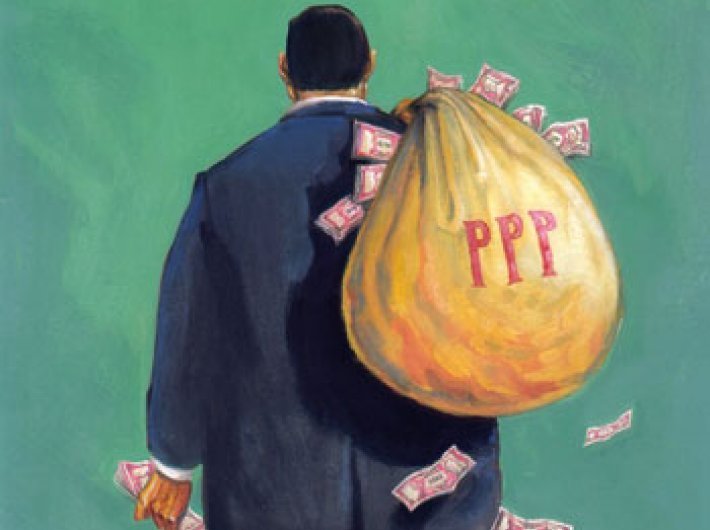In P2P Partnerships, public sector organisations enter into working arrangements to aggregate purchasing power and identify the possible synergies from system-wide thinking.
To realise the potential of Public-Private Partnerships (PPPs), the public sector needs to develop Public to Public Partnerships (P2P Partnerships). The more the public sector can work as P2P Partnerships, the more it can change the economic and social value achievable by PPPs above what the public sector can achieve alone, said an international expert.
Malcolm Morley, chief executive, Harlow Council and visiting professor at Anglia Ruskin and Bedfordshire Universities, in a blog “PPPs need PALS” wrote that as P2P Partnerships develop to create an increased scale and scope of PPP opportunities, so too will the need for the private sector to evolve to enable it to respond to those opportunities. This may be in the form of diversified organisations or consortia of private sector organisations through Private to Private Partnerships (Pr2Pr Partnerships).
A key test of organisations seeking to achieve “joint working” (working collaboratively or in partnership together) whether for PPPs, P2P Partnerships, or Pr2Pr Partnerships, is whether they have PALS. PALS is an acronym for the key activities in joint working that stand for Prioritize, Aggregate, Learn and Share.
In the blog that was hosted on the World Bank website, Morley wrote that in in P2P Partnerships, public sector organisations enter into joint working arrangements to aggregate purchasing power and identify the possible synergies from system-wide thinking/joint working. There is recognition that the needs of communities are not constrained by the artificial organisational and geographical barriers created by public sector governance structures.
Developing P2P Partnerships prepares the public sector to develop a more strategic approach and shared context for PPPs by moving from a project-based approach to a strategic approach.
To get there, the public sector should do much more to share competencies, organisational capabilities and capacity, and challenge itself as a whole to develop and generate more value from PPPs. Recognising the PPP Equation can help: Public Sector Input + Private Sector Input = The economic and social value delivered above that achievable by the public sector alone.
The equation illustrates that the economic and social value achieved from both public and private sector input is above that achievable by the public sector alone. A single public sector organisation is constrained by the limitations of its responsibilities and resources. Individually and jointly public sector organisations can benefit from the scale and scope of the private sector input to create additional economic and social value.
He also refers to Pr2Pr Partnerships, which as in the case of P2P Partnerships, refers to the joint working within and between organisations to meet the needs of external organisations that are greater than the scale and scope of the partnership members individually. However, large, diversified private sector organisations sometimes struggle with working effectively internally. Where this is the case, the likelihood of them being able to work effectively externally is then significantly diminished!
Their organisational cultures, strategies, performance, resource allocations, decision-making, etc. are sometimes inconsistent internally and not conducive to being an effective intra-organizational Pr2Pr Partnership. To be effective partners with the public sector, it is necessary to address the challenge of creating an effective intra-organisational Pr2Pr Partnership. Those involved in P2P Partnerships should assure themselves that large diversified organisations seeking to enter into a PPP have an effective intra-organisational Pr2Pr Partnership in place, the blog said.
If intra-organisational Pr2Pr Partnerships are challenging, so are inter-organisational Pr2Pr Partnerships. Different organisations with different competencies, organisational capabilities, capacity, cultures, priorities, strategies and objectives should build relationships to support joint working and focus on the outcomes required from PPPs. This involves being clear about risk, their contribution to working jointly, choosing acceptable levels of rewards over time, and developing the trust and confidence to enable them to perform together.
